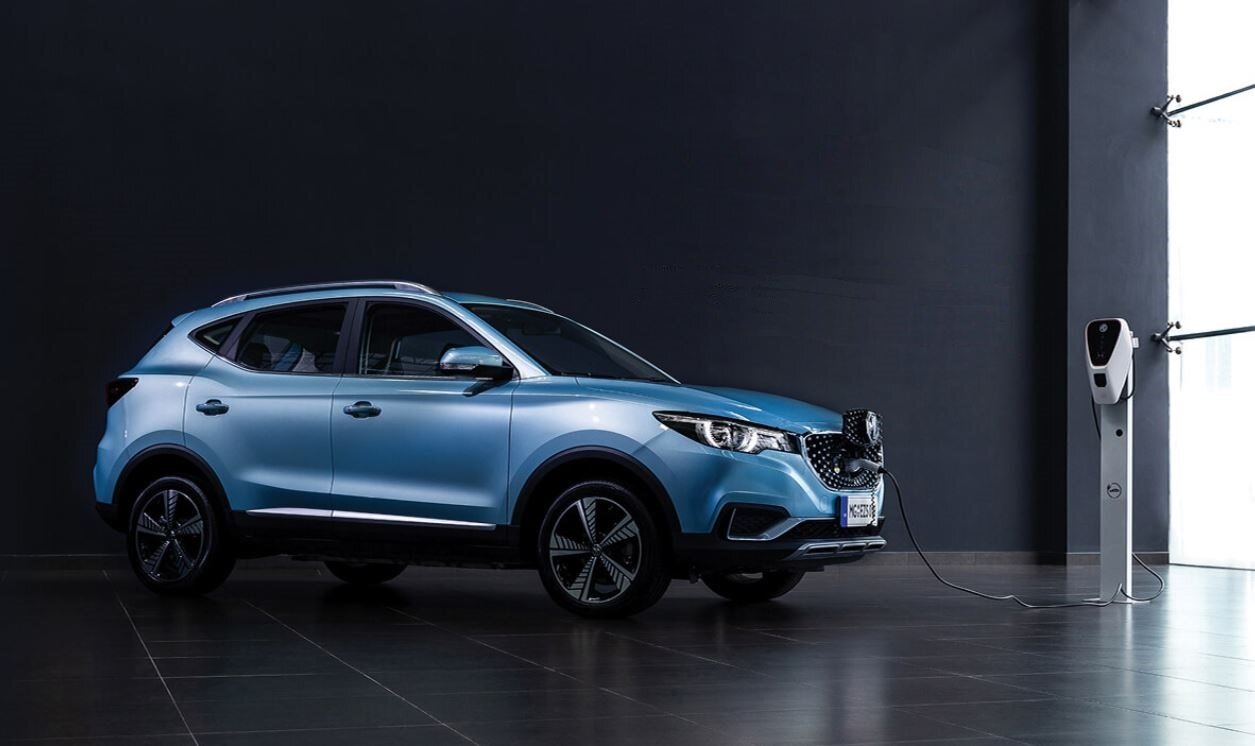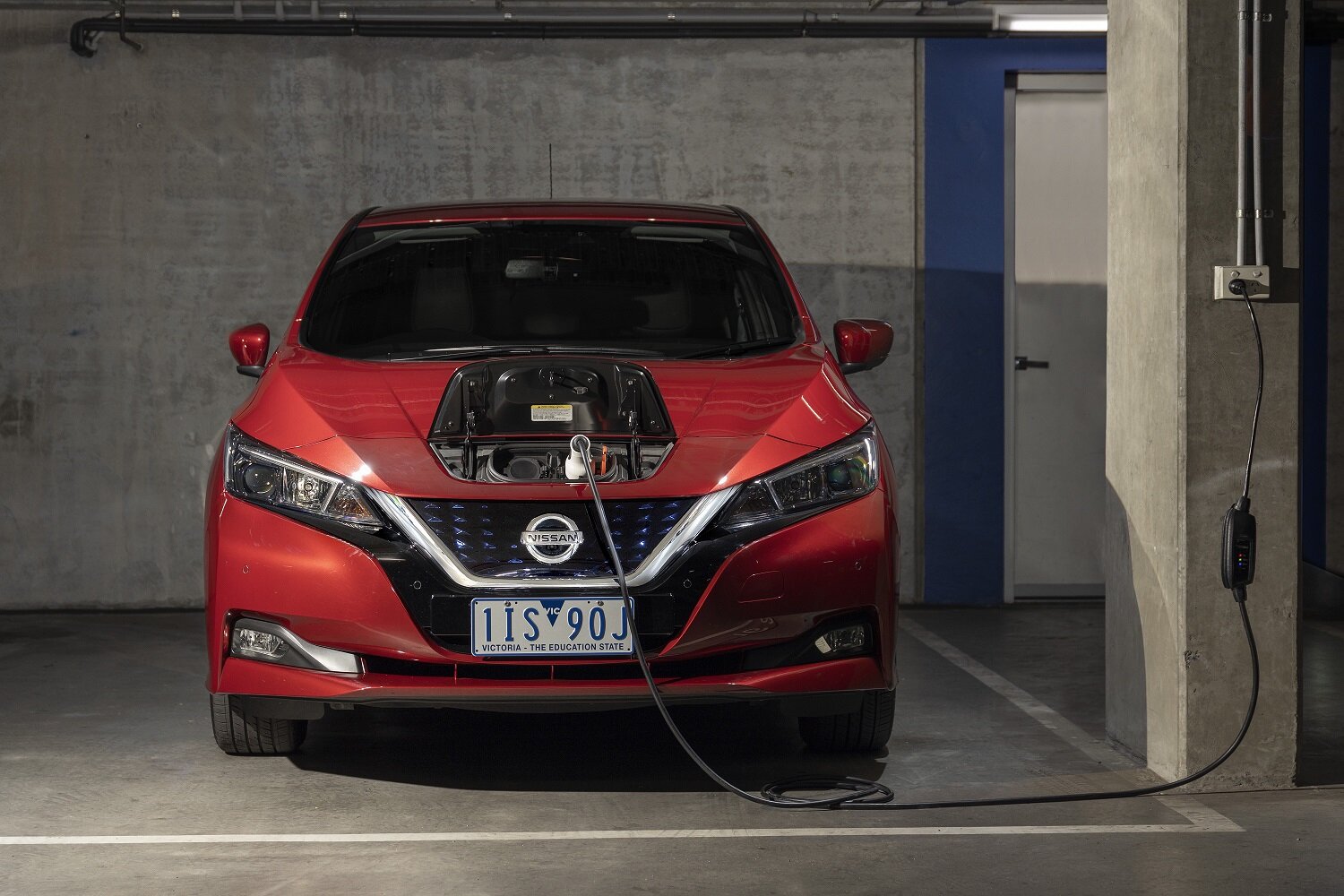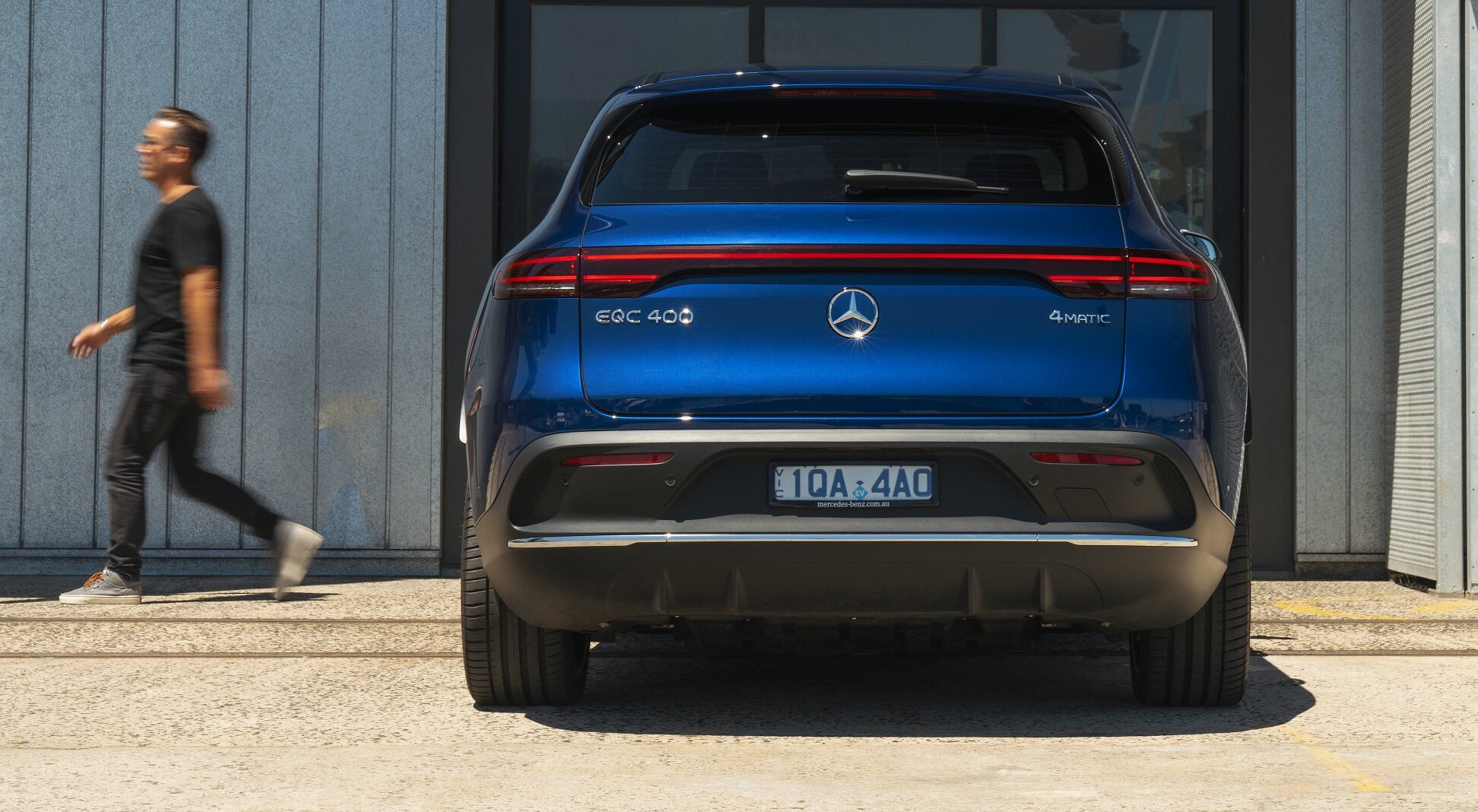I just designed the perfect real-world EV: Tell me I'm wrong
It’s the ideal EV for mainstream car buyers - sure, nobody’s actually making it. Yet. But tell me this isn’t an commercial opportunity for the car industry…
It’s actually more of a feasibility study, really, but while you’re here, try this on for size: the perfect EV, by me.
The beer-garden physics of what makes my perfect EV tick shortly, but first: Chinese MG just launched its first EV here in Australia - $44k, drive-away. That’s pretty sharp.
Battery output is 45kWh, too. 260 kilometres of range (WLTP) but they say it’s more like 370 with maximum regen in stop-start shitty city traffic. 7.2 kW maximum charge - so, about 30 amps, single phase, Australia. About seven hours from flat to full. Sleep on it, kinda thing.
It’s called the MG ZS EV. Cheapest EV in the nation. Cheaper, even, than the Nissan Leaf. MG apparently doing all it can to help Make Australia Less Shit.
I remain the ultimate EV skeptic. I don’t worship at the church of Electric Jesus. Never will. And yet I’ve been driving a Hyundai Kona Electric for about 6000km now. And I do enjoy driving it. I love not going to the filling station - nostalgia factor there: -273 degrees C, on a warm day.
I love the way that Kona EV gets off the mark - silent but deadly. Peak torque at zero rpm. Awesome. And I’ve never needed it to take me more than 450 kilometres in a day. It’s good on the highway, too. When I have occasionally run it down to under 10 per cent remaining, it still charges up overnight on a single-phase 240-volt, 32-amp charger at home.
That’s maxxed-out at-home charging - 7.7 kilowatts. Set and forget - also brilliant.
I like not contributing to air pollution in our cities. At least in that car - in the other two big diesel tanks in the driveway - call me a hypocrite on that. And energy security for Australia is quite important.
EVs certainly have a niche carved out and well defined there, even though the grid remains properly filthy.
My AutoExpert AFFORDABLE ROADSIDE ASSISTANCE PACKAGE
If you’re sick of paying through the neck for roadside assistance I’ve teamed up with 24/7 to offer AutoExpert readers nationwide roadside assistance from just $69 annually, plus there’s NO JOINING FEE
Full details here >>
Disincentives to adoption
But there is an EV elephant in this room: the fundamental impediment to mainstream adoption of EVs is price.
The mighty Kona Electric is $25,000 more than its petrol counterpart. Like mid-$40s drive-away for the 1.6 Turbo Highlander. About $70,000 for the EV. That’s a massive monetary hit. The petrol MG ZS EV is $17,000 cheaper than the EV.
Only a proper EV zealot with cash to burn can justify this, or perhaps a business looking to wear its green credentials on its sleeve. And, look, there’s nothing wrong with doing that - economic rationalism is not a prerequisite for owning a vehicle (or anything else - from an Omega watch to Christian Louboutin shoes). I’m just saying economic irrationalism limits the number of EV sales that can be made, ultimately.
For most of us, with budgets and commitments - the price premium is impossible to justify. Impossible. Like, look at the opportunity cost: What else could you do with the $17-25 grand? Most people would say: Plenty.
And that’s the core problem. Which orbits not just the Kona Electric, or the ZS EV, but the shitbox Leaf, the Ioniq electric. Tesla has it bad, as does the three-pronged suppository and its EQ-whatever bad taste lineup. And every other EV. Your accountant cannot make it sensible in the domain of numbers.
Every manufacturer is bringing EVs in as a ‘premium transportation’ option. The virtue-signalling flagship.
The only two ways to make this work on the corporate side are to charge a bomb and just trickle EVs through to receptive, wealthy zealots and let market forces work it out, or petition the government to subsidise EVs so they can go mainstream.
They did that in Norway - removed what we would call the GST, gave EV buyers free parking in Oslo, exempted EVs from paying tolls, etc. Free charging. So an e-Golf in Norway was artificially cheaper than an ICE Golf, and you got to park it free and drive on toll roads for free. Like that. Artificial economic rationalism. Taxpayer subsidised.
Two problems with that for Australia: I don’t see ScoMo advocating for that any time soon. Not with that lump of coal on his desk as a reminder of who’s really running the joint.
In South Australia, which bought that big battery from Electric Jesus, to prop up the grid for three or four seconds if the pilot light goes out, Liberal Treasurer Rob Lucas is actually proposing the world’s first EV tax - thought to be about $500 per vehicle, to compensate the government for lost fuel excise. Well done there, bucking the global trend.
Secondly, we’d need to debate - logically, using facts and reason - whether this is actually a socially altruistic use of consolidated revenue. The ‘facts and reason’ part is increasingly a challenge. (Like perhaps the greater good would be better served if we just made the grid greener, more rapidly.)
It made me think: What if there were a better EV? What if the car industry took its head out of its arse and stopped making these somewhat irrelevant evangelist’s EVs and instead made the EV that people actually need, with a balance sheet that balanced? (As opposed to the zealot-magnet.)
I’m talking about a new EV segment: the shitbox EV. A fairly nasty second car. A runaround with minimal features, and not much range. Just right for average driving in built-up areas, a kid-school delivery and recovery device, right at home at the commuter car park or the local shopping centre.
A device with roughly the raw sex appeal of a sandwich press. My hypothesis is that every EV currently sold here makes crap primary transportation, and can’t do it all for most people, but it might be okay as a fairly shitty second runaround for the hack work.
A device for which the primary purpose is simply to take the load off your nice, liquid-fuelled car. I actually think this is economically rational already - even though no carmaker is apparently doing it. Time to step into the beer garden, and do ‘bloke’ physics.
How to build a cheap EV
Removing the internal combustion engine stuff and adding the battery adds an extra 240kg, roughly. The battery delivers the range and there’s no real technology on the horizon which is going to change the energy density of batteries anytime soon.
The energy density of batteries is so much lower than liquid fuels. So you need big batteries to meet the energy requirements equivalent to internal combustion.
KiloWatt hours works like this: It’s essentially power over time. If a 100kg man running up the stairs to the top of a building takes a certain amount of time, if another 100kg man does it quicker then the faster man has more power. So, kWh is now power, it’s energy.
An EV battery is inherently heavy and expensive relative to internal combustion.
Specific Energy is how many kWh of energy is required to take one tonne of EV one kilometre.
If you have a one-tonne car and two-tonne car to push across a floor, rolling resistance means you’ll need more energy to push the two-tonne car.
The specific energy needed to move a tonne of vehicle per kilometre means Kona EV needs more than Ioniq, but less than Tesla Model S.
The perfectly named Chitoux, from the French meaning un-cared for, unloved cheap, nasty piece of equipment - it only needs to go a minimum distance and recharge quickly.
Now that I know roughly how much energy is needed to move my one tonne of EV, I can give it a 120km range by giving it a battery with 10kWh. That’s only going to add 70kg of battery and the whole car will cost about $4000 more to a comparable internal combustion car like Picanto GT. Chitoux EV cost: $25,500.
In summary: Chitoux is the appliance lots of people would be able to buy into.
It fits in with the majority of our driving, lifestyle and budget. It’s not a statement, it’s appropriate and effective. It makes economically rational sense.
Chitoux by Cadogan
The mighty Chitoux is a car that would charge up from dead flat in no time, on a standard 10-amp outlet, which will take you three times the national daily driving average between recharges, would be instantly affordable and go a long way to catalyzing the critical mass of EVs we would need - globally - to roll out proper infrastructure and support.
You might be a paid-up member of the cult we call Tesla, but the Model S is not the perfect EV. The perfect EV is the Chitoux.
Tesla remains a sideshow, at best. Last Friday, during an investor conference, Toyota president Akio Toyoda was asked about Tesla’s success and incredible market capitalisation. He responded, somewhat reluctantly:
Mr Toyoda’s point was - essentially - mine, about the whole sideshow. Tesla is tapping into a niche market of rich, evangelical, electric nuts prepared to suspend objectivity and burn cash on an entirely faith-based concept, which makes no economic sense.
It’s pretty damn obvious that a cheap EV is a perfect second car.
We’re talking a nasty shitbox EV you really don’t give a crap about, which bakes in the sun or freezes in winter and lives under the tree outside, the better for parrots to crap over it incessantly, and never gets a wash, unless it rains, much less a polish.
The Chitoux EV is the perfect affordable, dirty, trashy, soulless domestic hack. Like a tumble dryer, only with wheels and a battery. I love it already, because the Chitoux fits into the motoring landscape like fishnets on Cletus, and it overcomes the primary impediment to the mainstream proliferation of EVs, by actually making economic sense.
Move over Model S and Cyber Truck. It’s time to usher in an EV that actually matters - the Chitoux. A 21st Century Datsun 120Y or Hyundai Getz - minus the tailpipe emissions. I do expect rather a tsunami of hate for daring to say all this. Please don’t disappoint me in the comments below. But don’t bother using facts to repudiate my position. If you try that, you might discover they’re not on your side.


























Toyota has raised the Corolla and called it a small SUV, one that offers reliability, practicality and even performance atop the range. Let’s see if there are any redeeming features that can justify the $50K price?